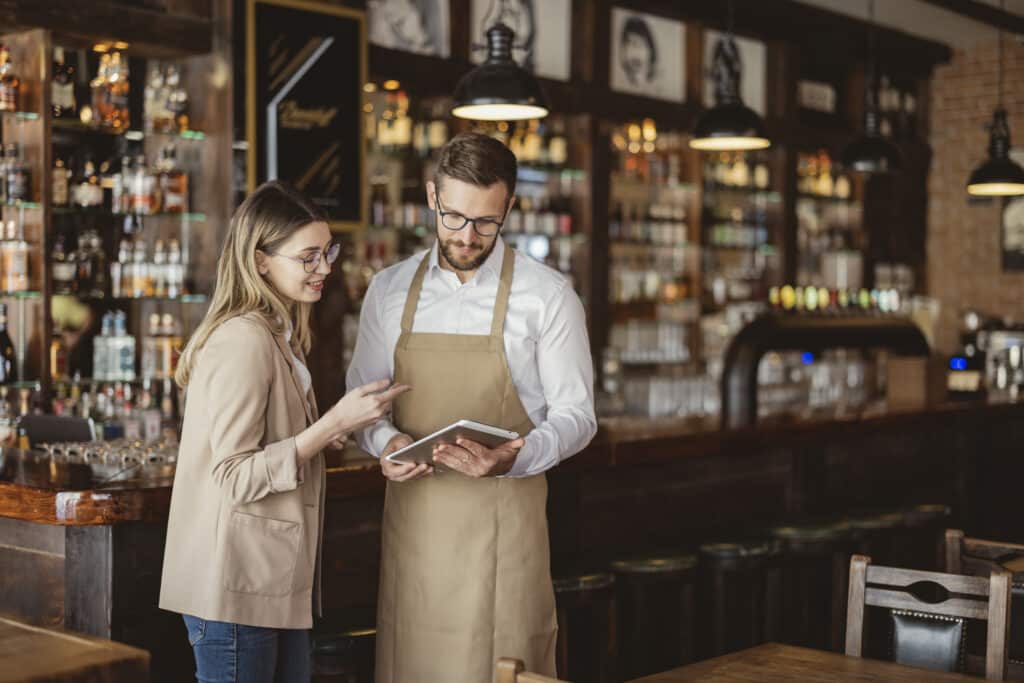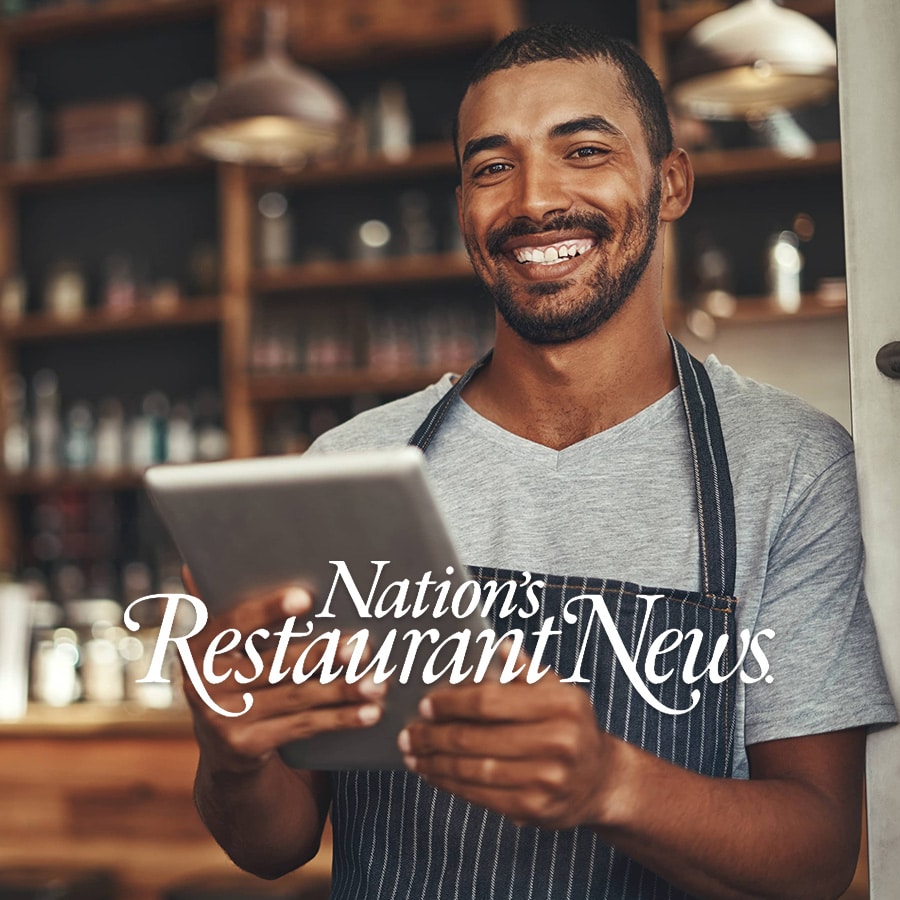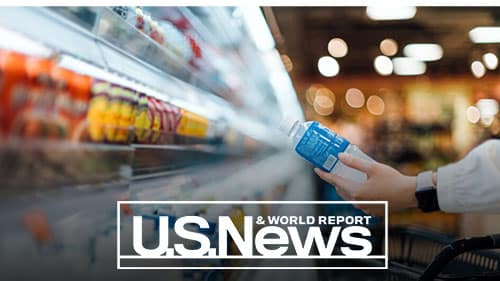Editor’s note: This is part 1 in a two-part series on restaurant tech.
September 8, 2021 by Morgan Harris, Restaurant365 Chief Customer Advocate & Co-Founder
Restaurant profit margin is determined by two high-level components: sales and expenses. While increasing top-line sales is important, to increase bottom-line revenue, it’s also key to control costs.
Restaurants can leverage technology to optimize spending on expenses, directly adding to the profit margin. Here are five tips on how to use technology to impact one of a restaurant’s biggest expenses: food cost.
1. Track cost of goods sold accurately and frequently
The first place to apply technology is at the foundation of food cost analysis: tracking cost of goods sold). CoGS captures how much it costs to make food items, pulling from inventory data and up-to-date vendor prices in an inventory management system.
Accurate CoGS is necessary to apply other food cost optimization tools. Reviewing CoGS frequently, even daily, allows restaurants to proactively stay ahead of trends in inventory spending. CoGS analysis can reveal negative trends that can be adjusted before they become persistent, costly problems.
2. Engage in tight inventory control
Robust inventory management gives restaurants critical insights into food cost, informing purchasing decisions that affect overall CoGS.
Accurate inventory data draws from a restaurant point-of-sale system, integrated with inventory management software. Sales information can be immediately pulled from the POS to track theoretical inventory, and processes like uploading invoices, updating item prices, and tracking recipes can be automated.
To account for areas of inventory loss, restaurant staff also need to manually count ingredient quantities by hand. But automating every step possible of the inventory process, through integrations or all-in-one systems, can help minimize manual entry and errors.
Managers can use suggestive ordering based on inventory data to purchase inventory at appropriate levels, preventing overstocking or understocking. Tight inventory control, facilitated by automated tech tools, can reduce food waste and decrease overall CoGS.
3. Close the gap between actual and theoretical food costs
Food waste, improper portioning, and theft can increase CoGS, decreasing what is left over for a restaurant’s bottom line. Understanding actual versus theoretical (AvT) food cost allows restaurants to add back efficiencies and streamline ingredient usage.
Restaurant-specific inventory tracking software enables monitoring actual and theoretical food costs. Theoretical food cost is what food cost should be, given sales and cost of ingredients. Actual food cost represents the real amount spent on those same ingredients, given realistic factors such as imperfect portioning or kitchen waste.
The difference between actual and theoretical food cost shows where there is a leak in the profit margin. Items with a large variance indicate an opportunity to address food waste issues and recoup lost profit. AvT is a powerful tool that can be applied to different inventory items, as well as across multiple restaurant group locations.
4. Track usage and yield on each food item
Technology can also play a role in controlling costs through recipe costing. While it’s possible to do recipe costing by hand, it is faster and more accurate to leverage tech tools to complete the process. Recipes are mapped to a POS system and combined with food cost information from invoices and current inventory.
With this data, restaurants can cost out menu items down to the penny, understanding the exact price of each ingredient in a menu item.
Recipe costing can also pull from invoices, recipes, and sales data to automatically calculate usage and yield for specific ingredients. Examining yield for different food items, or tracking this by location, can uncover where restaurants may need to increase staff training or correct portioning issues.
5. Leverage menu engineering to promote high margin menu items
Menu engineering can fuel data-driven decisions about menu mix. Menu engineering compares data about the profitability and popularity of different menu items. While it is also possible to do it by hand, the data is more reliable when automatically pulled from sales information and recipe costing. Data can drive smart decisions about price changes, ingredient substitutions, or promotional campaigns. By understanding which menu items are popular and profitable “stars,” versus low-popularity, low-margin items, a restaurant can use inventory wisely to optimize profit margin.
Optimizing food cost should be based on data. By leveraging technology tools, restaurants can use data to streamline inventory, control food costs, and make strategic decisions that increase profit margins.


